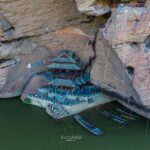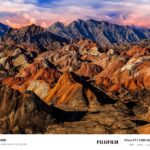If you’re traveling to Guilin, Zijing Bajiaozhai is a must-visit destination.
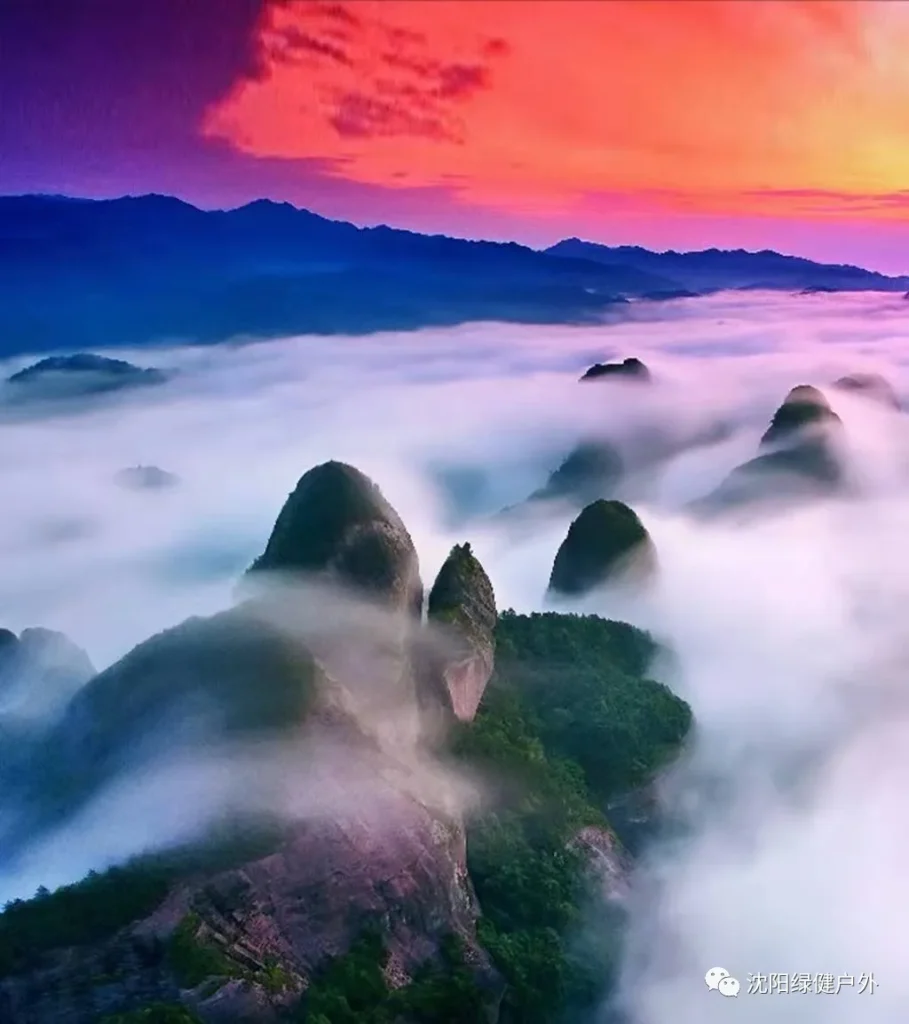
Bajiaozhai
Bajiaozhai, also known as Yuntai Mountain, is located in a scenic area with its main peak reaching an altitude of 818 meters. Looking up from the base of the mountain, Bajiaozhai’s imposing peak extends in eight directions, resembling eight dragon heads, hence its name.
Bajiaozhai is currently the highest known Danxia landform in China, featuring uniquely shaped and precipitous mountain formations. It is hailed as the “Soul of Danxia” and was selected by “China National Geographic” magazine as one of the “Seven Most Beautiful Danxia Landforms in China.”
Bajiaozhai boasts four rare types of Danxia landforms: Danxia peak forests, isolated Danxia peaks, Danxia hills, and microscopic Danxia landforms, a combination rarely seen elsewhere in the world!
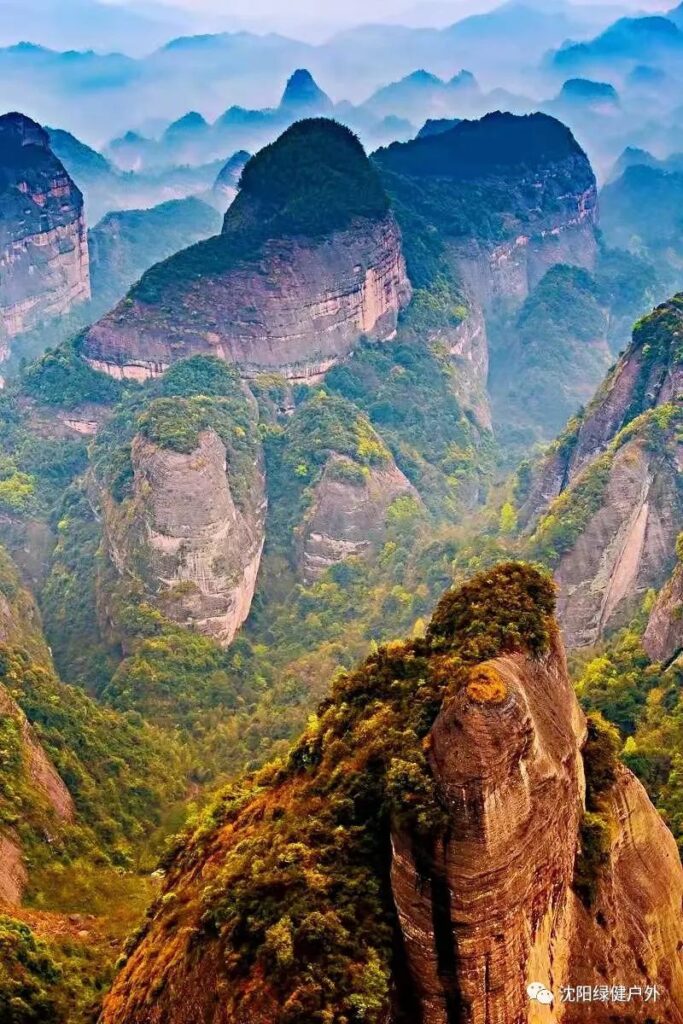
From the summit, one can gaze into the distance and see towering peaks, crisscrossing valleys, and a rich variety of formations creating a magnificent spectacle.

Looking down from above, the mountain peaks stand tall and straight, displaying a myriad of shapes. The mountain range appears majestic and imposing, exuding an extraordinary grandeur.
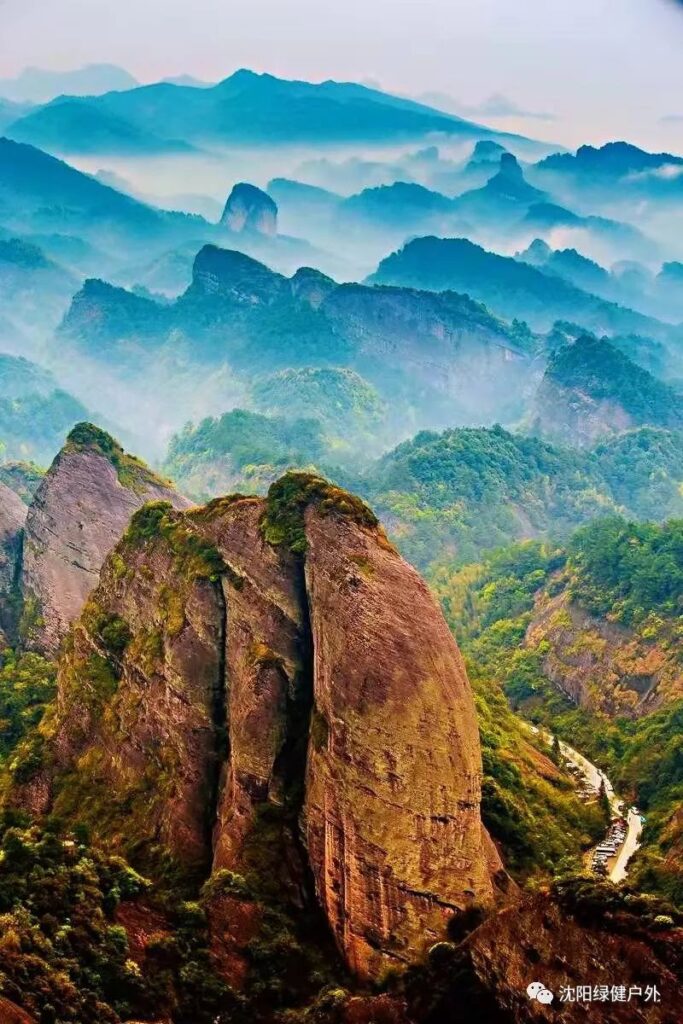
On clear days, the blue sky, white clouds, green trees, and red cliffs blend into a natural painting of epic proportions.
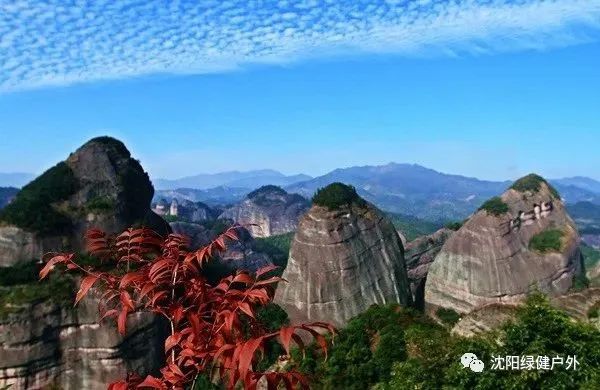

On misty days, the mountain range undulates amidst drifting clouds, appearing and disappearing in the mist.
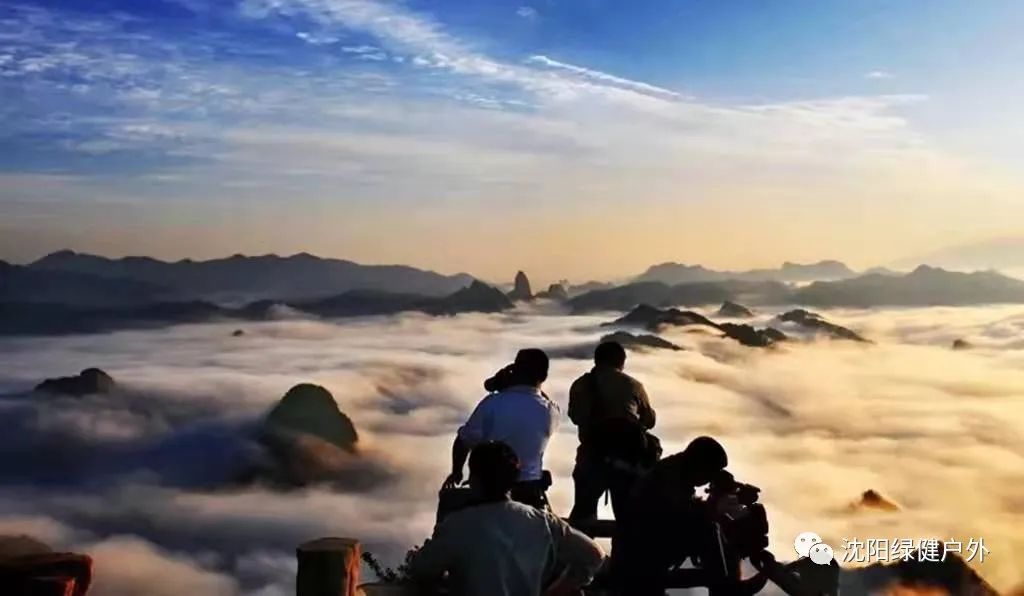

Dragon’s Backbone Sky Ladder
The Dragon’s Backbone Sky Ladder is carved into a narrow and steep rocky ridge. The stone beam is about 400 meters long and nearly 100 meters high, rugged and precipitous. Visitors can only climb up by tightly gripping the iron chains.
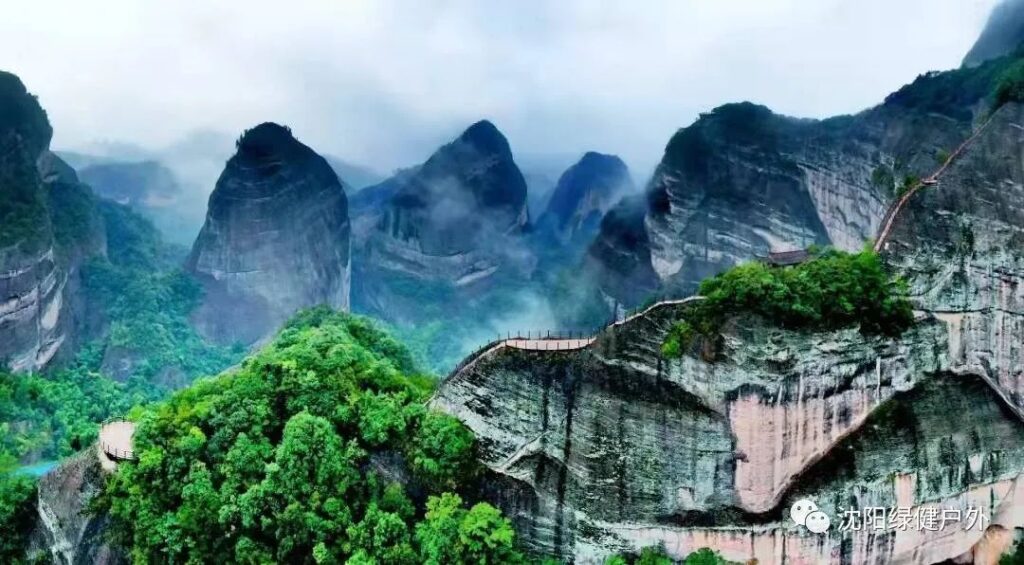

Dragon-Taming Plank Road
Nature’s craftsmanship creates extraordinary scenery. The Dragon-Taming Plank Road is built between narrow crevices in the mountain. Walking on the plank road, visitors can see huge rocks overhead and deep chasms below.


This unique formation is the result of uneven rock hardness. Through water erosion and weathering, harder rocks protrude while softer rocks recede, forming stone grooves, honeycomb-like caves, and other scenic features.
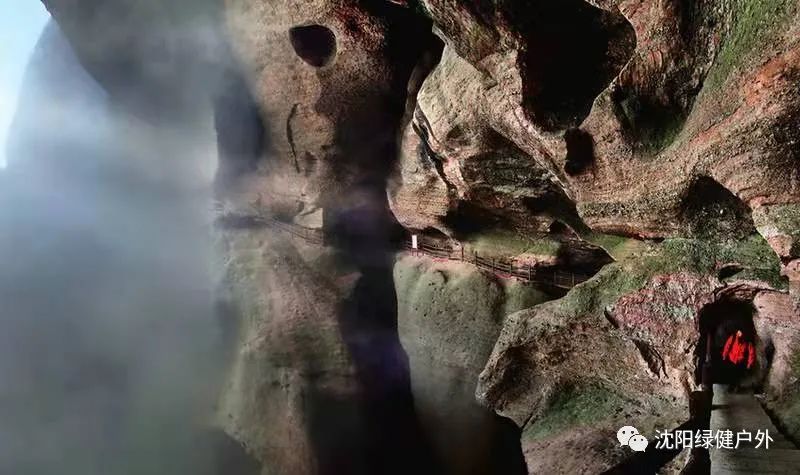

Group of Snails Viewing the Sky
After a strenuous climb, visitors reach the “Group of Snails Viewing the Sky” observation deck. Here, the Danxia mountains appear round and playful, resembling green spirals arranged in succession. Looking left and right, there’s a sense of gazing up at the sky.


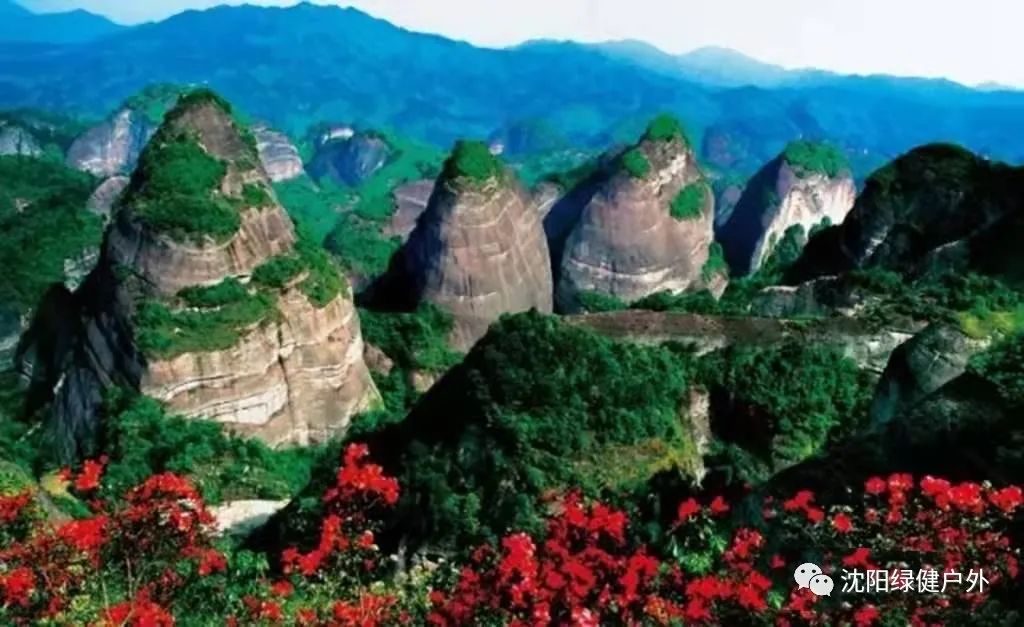

Whales Frolicking in the Sea
When clouds envelop the mountaintop, over a hundred reddish-brown peculiar peaks and rocks appear and disappear in the mist. This resembles thousands of whales playing in the sea, hence the name “Whales Frolicking in the Sea.”
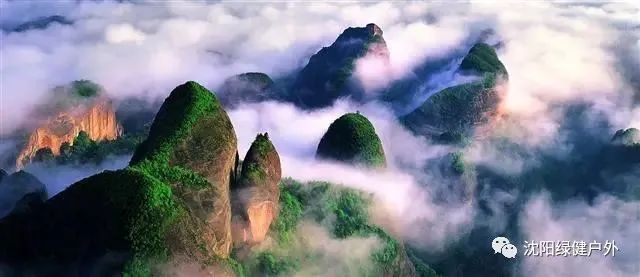

On clear days, the mountains appear pristine, with green hills like eyebrows and peaks like snails. The vast sky creates a scene reminiscent of a Chinese landscape painting.


Human-Shaped Sky
In early 2017, the “Human-Shaped Sky” rock formation collapsed due to long-term weathering and gravity. Walking through the collapsed area, one can still sense the passage of time. After renovation, visitors can look up through the narrow gap between two mountains to admire the harmony between heaven and man and the Dragon-Taming Peak.
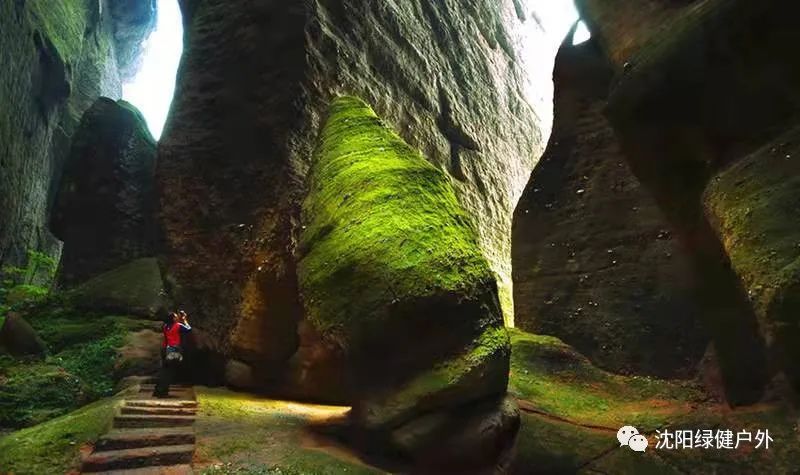


Yuntai Temple
The ancient Yuntai Temple atop the mountain was built during the Southern Song Dynasty. It has been a popular place of worship for over a thousand years.
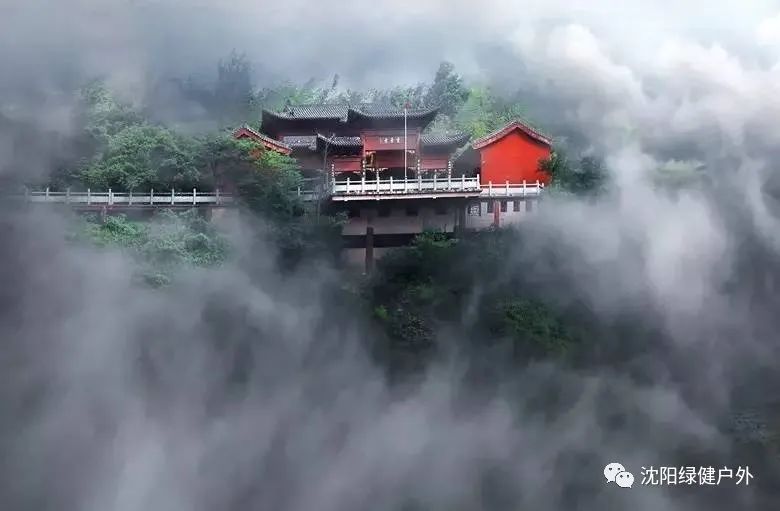
Dragon Head Incense
North of Yuntai Temple, a cliff protrudes over fifty meters, with its peak resembling a dragon’s head. Atop this precarious outcrop stands a small mountain god temple.

The path to the dragon’s head is only one foot wide. Worshippers must crawl on all fours to reach it, giving rise to the famous “Dragon Head Incense” tradition.

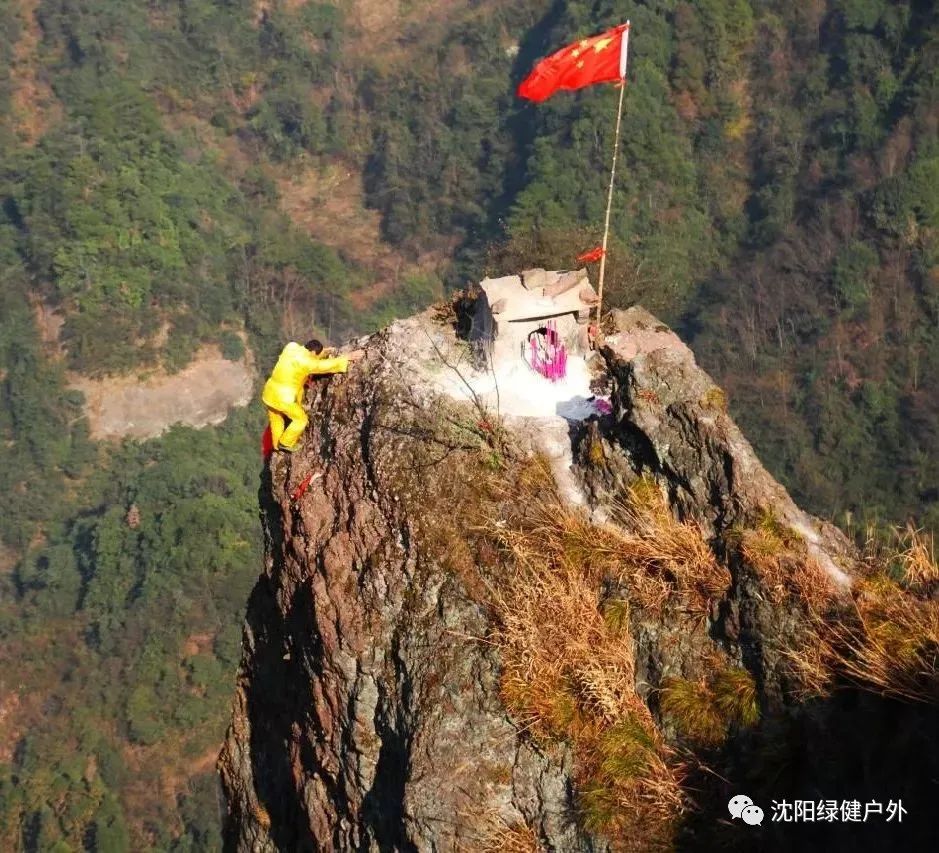
The area is often shrouded in mist and buffeted by strong winds, surrounded by steep cliffs and deep valleys. The temple, occupying less than 3 square meters, is a testament to human determination. People still come to worship here today.


The Teary-Eyed Rock is a national first-class protected geological relic, also known as the “Waiting for Husband Rock.”
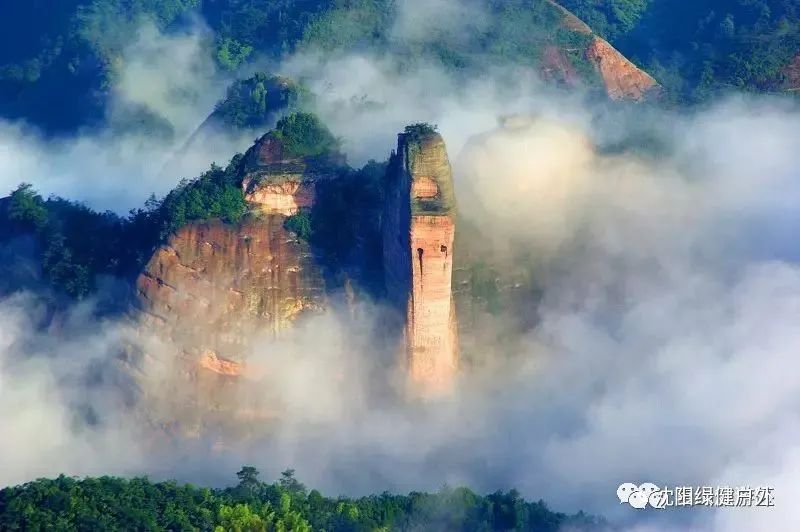
Legend has it that in ancient times, a woman whose husband went to war waited day and night for his return. Eventually, her blood dried and tears exhausted, turning her into the eternal Teary-Eyed Rock.

Bajiaozhai also offers spectacular views of sea clouds, cloud bands, cloud waves, cloud lakes, and Buddha’s light. The misty, colorful scenery is breathtaking, earning it the title “Soul of Danxia, National Treasure.”
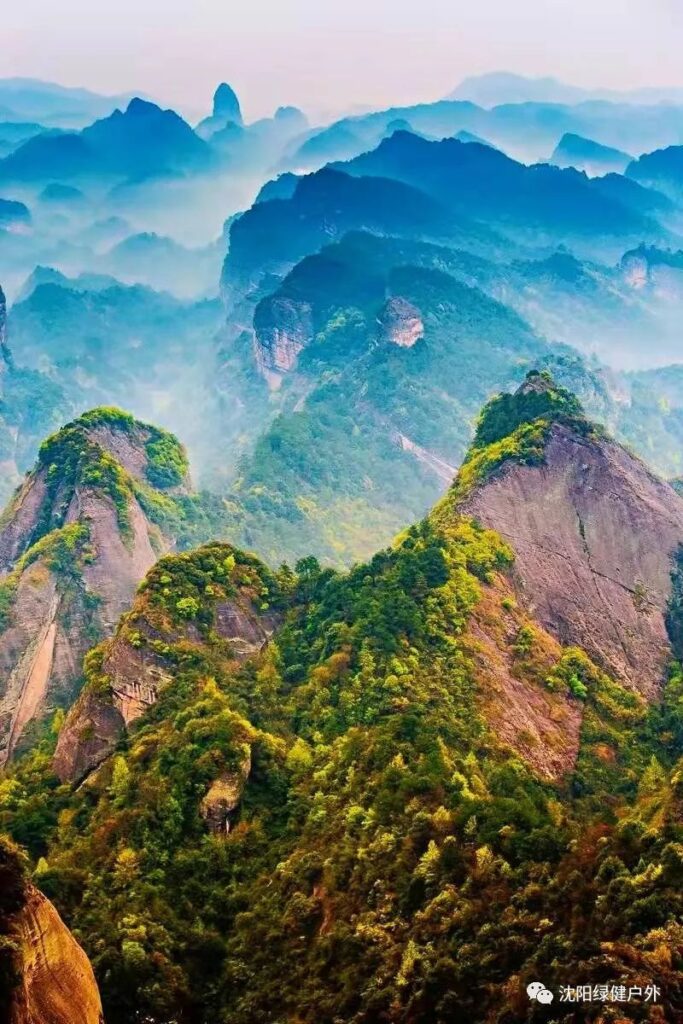
Add Guilin’s Zijing Bajiaozhai to your travel list now!
